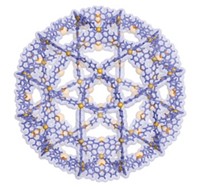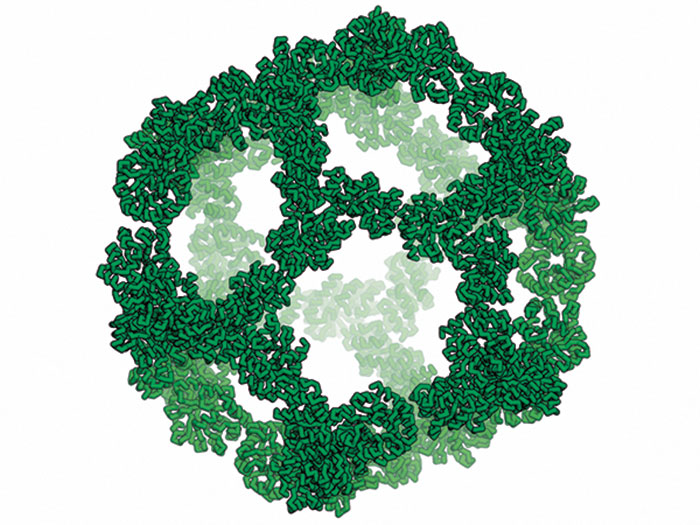Advertisement
Grab your lab coat. Let's get started
Welcome!
Welcome!
Create an account below to get 6 C&EN articles per month, receive newsletters and more - all free.
It seems this is your first time logging in online. Please enter the following information to continue.
As an ACS member you automatically get access to this site. All we need is few more details to create your reading experience.
Not you? Sign in with a different account.
Not you? Sign in with a different account.
ERROR 1
ERROR 1
ERROR 2
ERROR 2
ERROR 2
ERROR 2
ERROR 2
Password and Confirm password must match.
If you have an ACS member number, please enter it here so we can link this account to your membership. (optional)
ERROR 2
ACS values your privacy. By submitting your information, you are gaining access to C&EN and subscribing to our weekly newsletter. We use the information you provide to make your reading experience better, and we will never sell your data to third party members.
Synthesis
Molecular containers go supersized
Large macrocycle offers wider base for record-breaking cavitands that can trap and separate fullerenes
by Mark Peplow, special to C&EN
September 20, 2022
For chemists hungry to load up on larger items from the molecular buffet, help is at hand—in the form of an enormous bowl.

The commodious structure is a cavitand, a type of hollow molecular container that has an opening on only one side. Cavitands are used to capture or carry guest molecules in applications such as sensing, environmental clean-up, or catalysis.
A team led by Konrad Tiefenbacher at the University of Basel has now produced the largest cavitand to date. With an internal volume of 814 Å3, it’s about twice as large as the previous record holders (Angew. Chem., Int. Ed. 2022, DOI: 10.1002/anie.202209885).
A cavitand’s volume depends on the diameter of its base and the height of its walls. Many cavitands use a macrocycle called resorcin[4]arene as their base, which is about 7 Å across. Instead, Tiefenbacher’s team created acridane[4]arenes that provide a 14 Å-wide base for their supersized cavitands. “It’s really a much larger copy of resorcin[4]arene, which has been used in thousands of publications,” Tiefenbacher says.
![Structure of acridane[4]arene Structure of acridane[4]arene](https://s7d1.scene7.com/is/image/CENODS/20220919lnp2-cavitand?$responsive$&wid=300&qlt=90,0&resMode=sharp2)
The acridane[4]arenes, made in a simple six-step synthesis, feature eight hydroxy groups that serve as anchor points for various wall molecules. “They’ve built this modular platform that you can actually put different units on top of, to start exploring the encapsulation of bigger molecules,” explains Jovica Badjic, a cavitand researcher at the Ohio State University, who was not involved in the research. “It’s absolutely brilliant.”
The largest of Tiefenbacher’s cavitands features high walls formed from bulky triptycene-quinoxaline groups. It is big enough to bind C60 and C70 fullerene molecules, and it can preferentially trap C70 from a mixture of the two fullerenes, probably because the larger molecule fits better into the host’s cavity. “The selectivity is extremely high, which is rather unusual,” says Enrico Dalcanale of the University of Parma, who was involved in creating what was previously one of the largest cavitands. “Distinguishing between C60 and C70 in this way is very nice.”
This separation is a proof of principle, however; Tiefenbacher doesn’t expect his cavitands to replace chromatography as the routine way to purify fullerenes. Instead, he is interested in using the new acridane[4]arenes to construct water-soluble cavitands that can bind and deliver insoluble drug molecules. “And if you construct even larger molecular containers, we could think about binding biomolecules” such as proteins or messenger RNA, he adds.
The researchers are now installing different walls onto their acridane[4]arene bases and also hope to create wider macrocycles that will form the foundations of even larger cavitands.





Join the conversation
Contact the reporter
Submit a Letter to the Editor for publication
Engage with us on Twitter